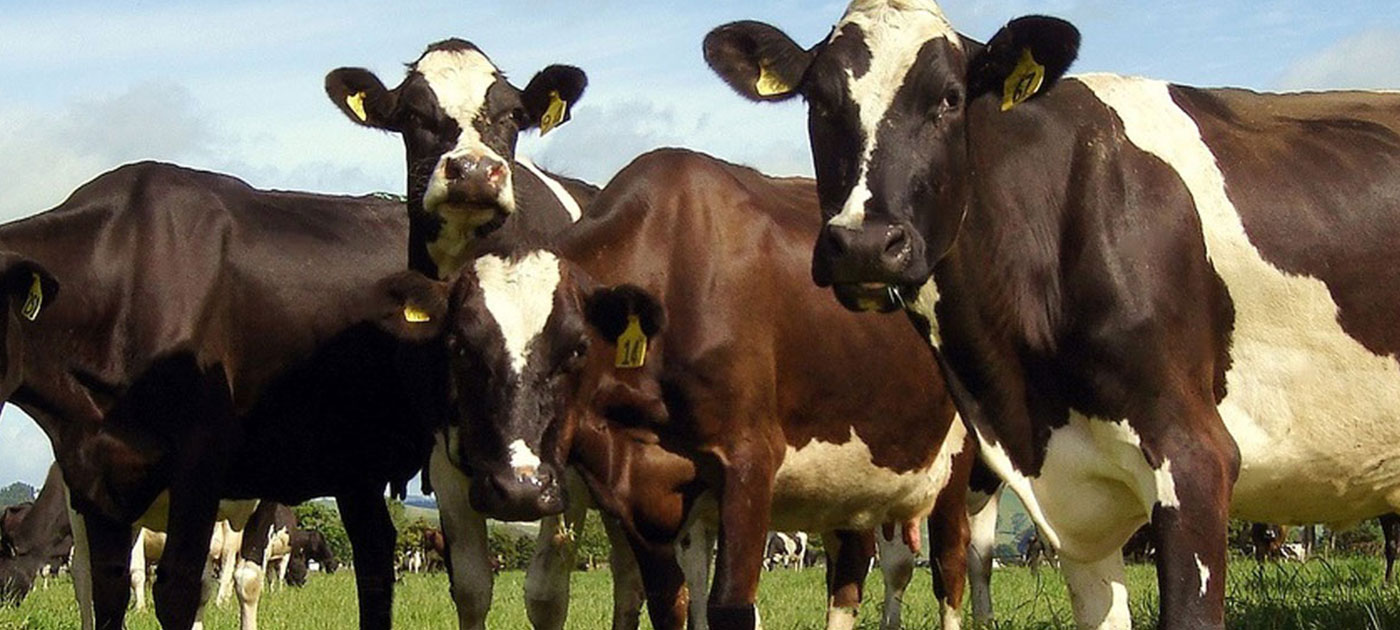[Photo: Rain Man’s Rainbow by Steve Jurvetson, License: CC BY 2.0]
Imagine how you felt when you did something that was anxiety provoking, maybe your first public speech or first game of soccer. Now imagine feeling so anxious all the time. That’s how Temple Grandin, who has a mild case of autism, felt growing up. Today, she has her PhD in Animal Science, is an assistant professor of Animal Science at Colorado State University, and is an international business woman specializing in livestock equipment design. She has not only overcome her personal challenges, but has also provided the world with greater understanding of autism.
[Graphic by Staff Illustrator]
Autism is a disorder of neural development characterized by deficiencies in social interaction and verbal communication. This syndrome can be defined as the impairment of one or more senses resulting from immature brain development. Each year, autism affects 1 in 88 children in America, four times more males than females (“What is autism?” 2014). Because of extreme differences in the severity of the syndrome, autism is considered a “spectrum disorder.” Given this large range of impairment, understanding and treating autism is an immense challenge.
Looking at Cows Differently
Temple Grandin found relief from some of the debilitating symptoms of autism by observing Bos taurus, more commonly known as a cow. Forced to think outside the box, she developed the “hug machine,” which proved to be an effective, if non-traditional treatment, for her anxiety.
[Photo: Hug Machine – Temple Grandin (Edited), [License: CC BY-NC-SA 3.0]
[Photo: Cow by S. Cook, License: CC BY-NC-SA 2.0]
Researchers have found that the stress level of a cow impacts its lactation process. The hormone oxytocin, which is excreted from a gland at the base of the cow’s brain, regulates its stress response. Oxytocin causes muscle cells to contract squeezing milk into the milk ducts within the udder and moving it towards the teat. However, if a cow is agitated, it “may have a disrupted oxytocin release,” which can cause inconsistent milk letdown (“Cow Behavior and Milk Letdown,” 2014). Scientists expanded their research on oxytocin to study its significance in human behavior. They found that this hormone is used in social recognition, bonding, and establishing trust. To determine if oxytocin plays a significant role in autism, scientists conducted a study on blood oxytocin levels in autistic children. They concluded that low levels of oxytocin could lead to social dysfunction and behavioral problems. (“Plasma Oxytocin Levels in Children,” 2014).
A team at Yale University analyzed the effects of a new oxytocin nasal spray on social functioning of autistic children. They reported that the medication facilitated social functioning. Other experiments using animal models have shown that the medication promotes social behavior and bonding. With a little help from a few run-of-the-mill dairy cows, the role of oxytocin in social behaviors and anxiety is now paving the way towards new treatments for autism.
In Brief:
- Autism is a “spectrum disorder” requiring individualized therapies.
- Much has been learned from studying cows that translates into better understanding of autism and even some non-traditional treatments.
- Temple Grandin adapted a box to control cattle to soothe herself.
- Studies in cows led to the discovery that children with autism have very low oxytocin levels.
- So far, therapies designed to increase oxytocin levels have been successful in stimulating targeted brain regions that affect social behavior.
This article was written by cYw23. As always, before leaving a response to this article please view our Rules of Conduct. Thanks! -cYw Editorial Staff

![Temple Grandin used her ability to “think like a cow” to design a device to relieve her own anxiety. [Photo: Rain Man's Rainbow by Steve Jurvetson, License: CC BY 2.0]](https://www.curiousyoungwriters.org/wp-content/uploads/2014/06/Temple-Grandin-150x150.png)
![Cows react like people with autism to various types of stimuli. [Graphic by Staff Illustrator]](https://www.curiousyoungwriters.org/wp-content/uploads/2014/06/Cow-Comparison-150x150.png)
![Temple Grandin invented the “hug machine” based on a contraption that compresses dairy cows to release their anxiety and increase milk production. [Photo: Hug Machine - Temple Grandin (Edited), [License: CC BY-NC-SA 3.0]](https://www.curiousyoungwriters.org/wp-content/uploads/2014/06/Hug-Machine-150x150.png)
![Cows helped researchers realize that autistic children have low levels of oxytocin which contributes to their social anxiety and stress [Photo: Cow by S. Cook, License: CC BY-NC-SA 2.0]](https://www.curiousyoungwriters.org/wp-content/uploads/2014/06/Cow-150x150.png)